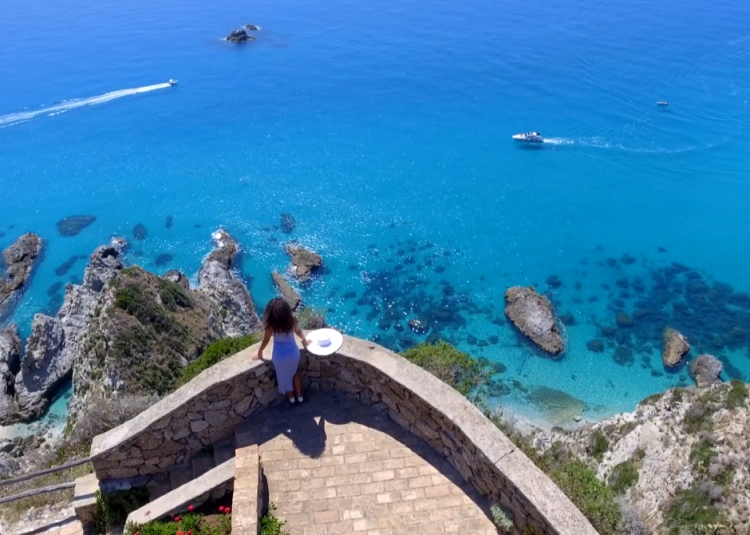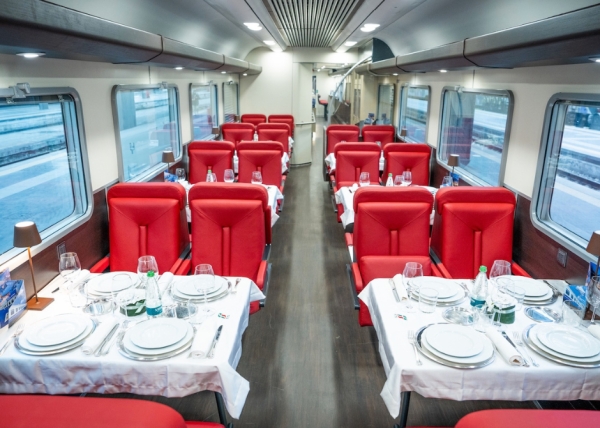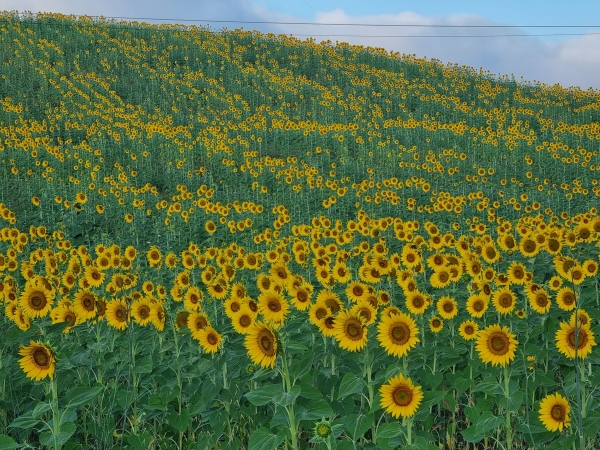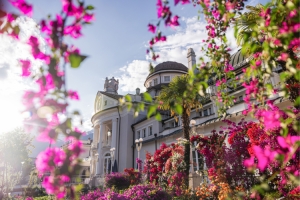Gubbio, known as Umbria’s City of Stone, is among the oldest towns in central Italy, and is a true masterpiece.
Elevators and a cable car for visitors
This true masterpiece of the medieval city-states of the 13th and 14th centuries, which is less than an hour from Perugia, has steep cobbled streets but there are public elevators to reach the town’s two upper levels and some of its most striking monumental buildings. There is also a cable car (the standup birdcage-like cabins have protective railings to chest level) up Mount Ingino to the Basilica of Sant'Ubaldo, work on which began in 1513 and which holds the remains of the town’s patron saint.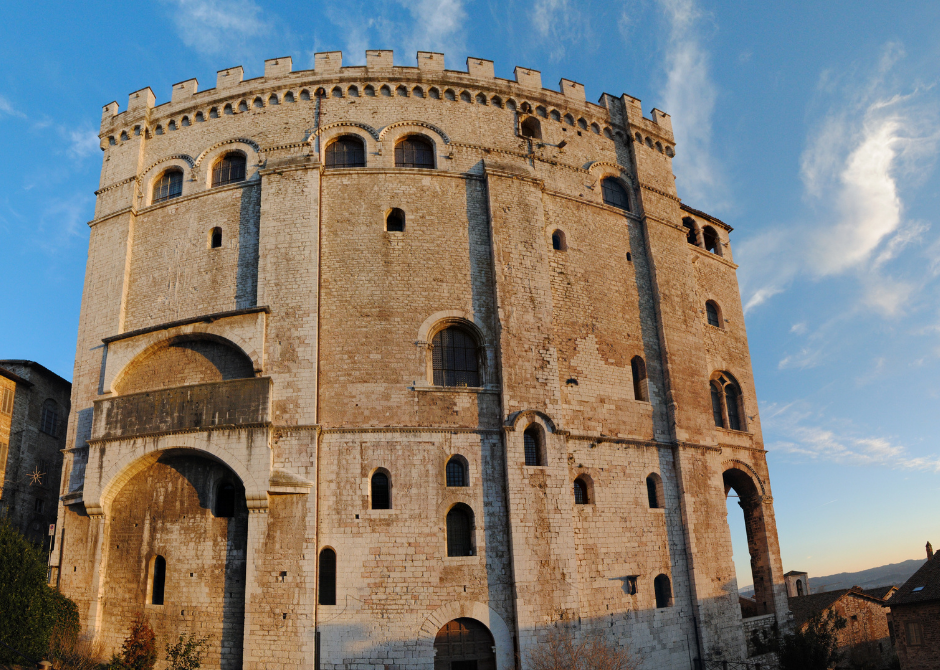
Gubbio’s Fountain of the Madmen
The Palazzo dei Consoli, on a lower level than the magnificent Cathedral, is the symbol of the city and now a museum, while the Palazzo Pretorio is the seat of the Town Hall. Also worthy of note is the Palazzo del Bargello with one of Gubbio’s most famous monuments, the Fountain of the Madmen. Tradition has it that by running three times around the fountain, one can obtain a madman's licence, but this has to be done in the presence of a citizen of Gubbio!
A medieval marketplace and a Roman theatre
The handsome Renaissance Ducal Palace documents the reign of the Montefeltro lords over the town. In the lower town the Piazza Quaranta Martiri was an important market area in the Middle Ages. A visit to the remains of the Roman theatre helps to understand the social organization of the Roman city of Iguvium, revealing the customs and lifestyle of that period. Completed around 20 B.C., it was built with large rusticated limestone blocks and could seat about 6,000 spectators, making it among the largest of its day.
A town with links to Saint Francis of Assisi
The Church of San Francesco is on a piazza of the same name, and the nearby Spadalonga foundry belonged to a family that welcomed St Francis into their home after he left Assisi. It is believed that the saint tamed a fierce wolf that had been terrorizing the townspeople of Gubbio, another of the many legends of the saint’s extraordinary influence over animals and nature. The local dishes include crescia, a flatbread of flour, water and salt eaten with cooked greens and local cured meats, while pan caciato is made by adding small pieces of pecorino or caciotta cheese to the bread dough. In season the black and white truffles found in the area are used in a variety of pasta and meat dishes. For information: www.comune.gubbio.pg.it





